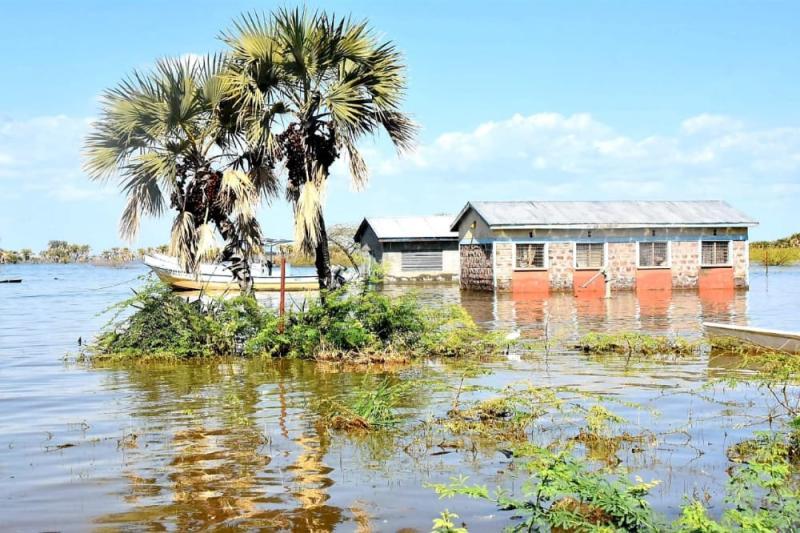×
The Standard e-Paper
Kenya’s Boldest Voice

For years, Lake Turkana appeared as though it was drying up.
This is because Ethiopia has built a series of hydroelectric dams on its main tributary, the Omo River, leading to predictions of Lake Turkana’s demise as the water levels were forecast to drop by two-thirds.